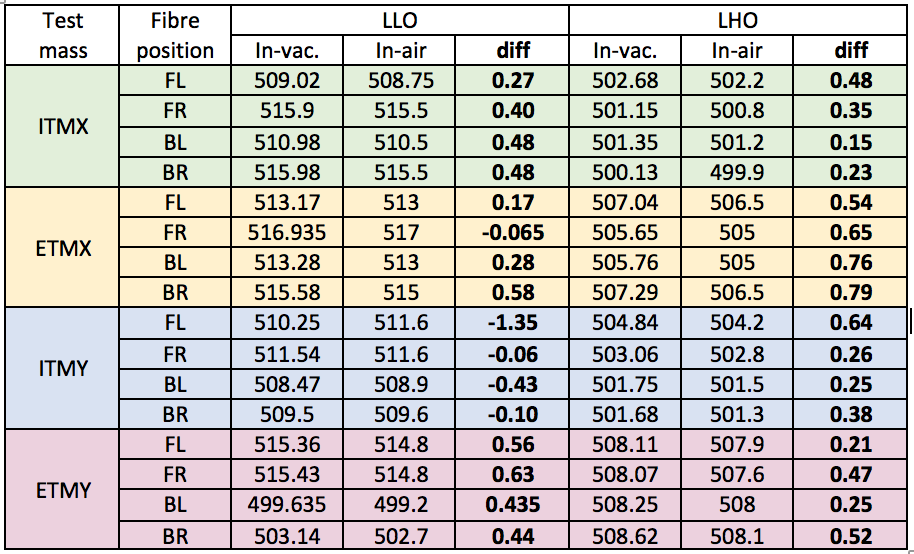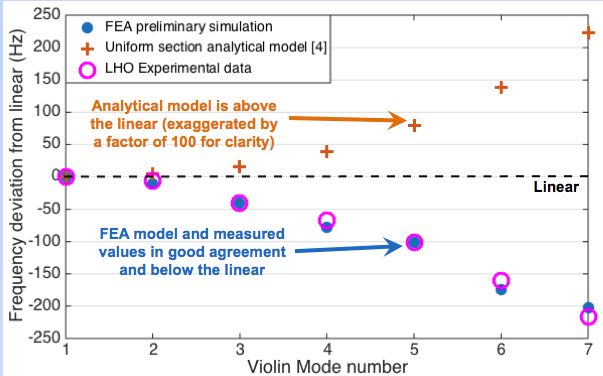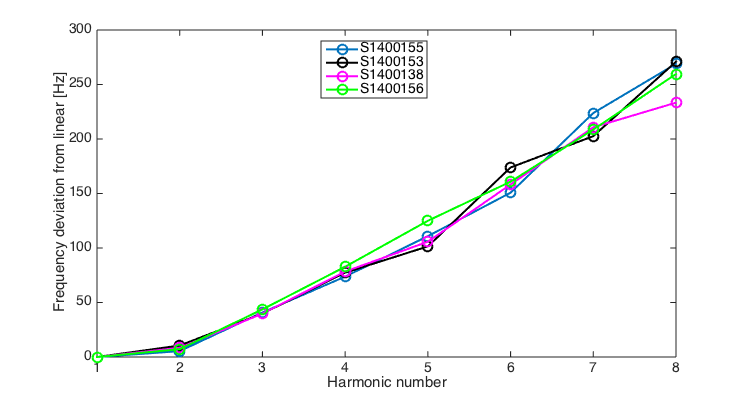The simple excuse might be that apparently not all the Isolation Gains were zero.
Okay, HEPI and ISI tripped from a HEPI Pump Station VFD OU3 fault. Upon trying to recover, operator was unable to untrip the WD. The T240 was riled up and touching the 32k limit and pressing the WD Reset button just tripped the platform again immediately with T240. Additionally, JeffK noticed that the H1:ISI-ETMX_ST1_WD_MON_CURRENTTRIG was not RED(on T240) even when the T240 was still banging on the rail [indicating the T240 was being ignored although I can't say I know that based on model.]
Checking the model as a refresher, if all the ISO gains are zero, the ST1 ISO STATUS is zero and the T240 is ignored (text read, not my understanding of the model logic at this time although I believe it to be true from experience.)
So looking at ISO gains & WD signals, first plot, 10 minutes: You see the three attempts where the WD_MON_STATE goes to 1 and immediately tripping back to damp only (state3) and the first trigger remains 2 (T240.) So even though the ISO GAINs are zero and the ISO STATUS remains zero, attempts to clear the WD trips it back blaming the T240s.
The fourth attempt to clear the watchdog state succeeds but shows a situation I do not understand. You see all the ISO gains going to 0.1 with the ISO status switching to 1 and then back to zero when the gains go back to zero, as expected. Did the Guardian do this? The first step of the ISO gain ramp up is to 0.01, not 0.1; you can see this on the gains toward the end of the traces.
My second plot shows the 6 horizontal T240 signals (the verts never hit 32k) and I checked overlying the curves that no attempt to clear the WD was made when none of the signals were at 32k. The last attempt to clear the WD was after all the T240s are off the rail and while the weird brief gain switch to 0.1 occurred, the WD state remained 1 and recovery succeeded.
So why did the gains step up to 0.1? That may be an aside study. And, why did the WD fail to clear while the T240s were hitting the rail even though the T240 should have been out of the 'loop?'
I'll keep looking. Is it related to the HEPI tripping? That was kinda why the T240 MON was developed. In this case, HEPI was reset and had completed its isolation steps. Was the WD circuit not getting the ignore the T240 signal? Work ongoing, guess I should do an FRS.
































